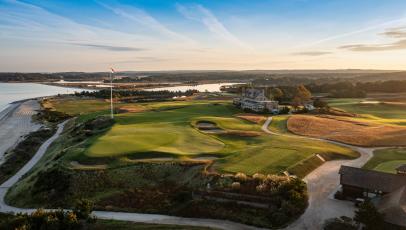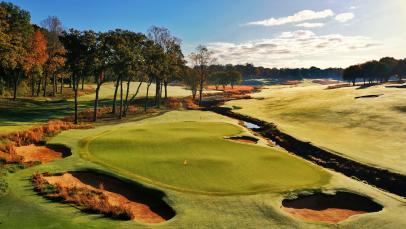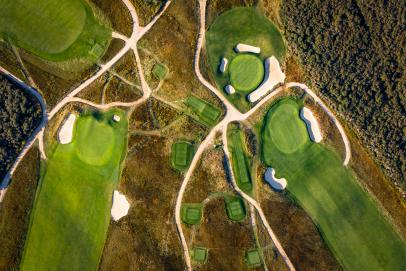Closer Look
Here's every course on our new course rankings where you can actually play
In the Golf Digest America’s 100 Greatest Golf Courses ranking, our over 1,900 panelists judge a golf course’s architecture on six criteria: Shot Options, Challenge, Layout Variety, Aesthetics, Conditioning and Character. In no part of the evaluation do panelists score a club’s exclusivity, its championship history (or lack thereof) or the price of a greens fee. It's purely an evaluation of our nation's greatest course architecture.
Yet it’s no secret that much of our country’s greatest course architecture is at exclusive private clubs. In our 2023-2024 America’s 100 Greatest ranking, 85 of the courses are private. Where can a daily-fee golfer play a top course in the country? Showcasing the nation’s best architecture that is open to everyday golfers is the driving force behind our biennial 100 Greatest Public list, which will be published in the coming months.
In the meantime, we have gathered the 15 courses on our new 100 Greatest list and the 16 layouts on our Second 100 Greatest ranking that are open for public play. The 31 courses in this collection display the best golf course architecture in the country that you can play without a membership or connection. Spread across all corners of the country, including Hawaii, these courses include major championship hosts, top resort destinations and a collegiate track. Scroll on to check out the complete collection of our country’s best public golf and be on the lookout for our new 100 Greatest Public and Best in State rankings in the coming months.
Pebble Beach Golf Links (12)
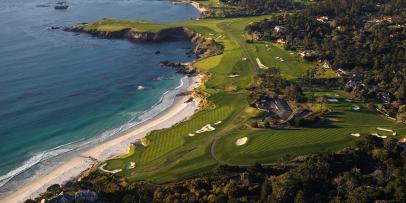
Pacific Dunes (21)
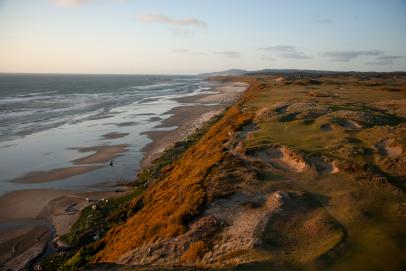
The Ocean Course (24)
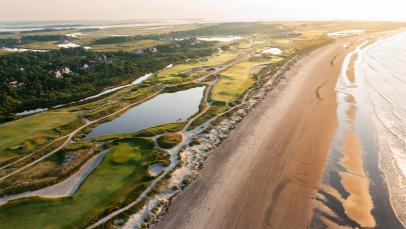
Whistling Straits: Straits Course (26)
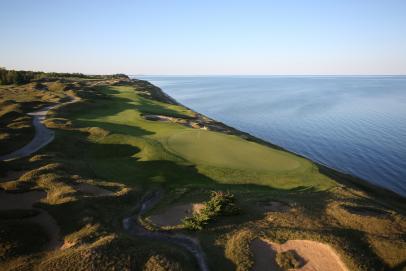
Shadow Creek (27)
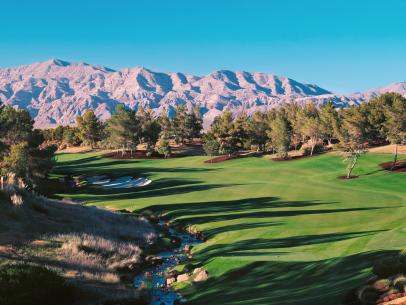
Pinehurst #2 (29)
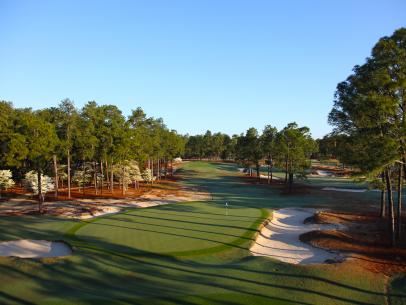
Bethpage State Park: Black (39)
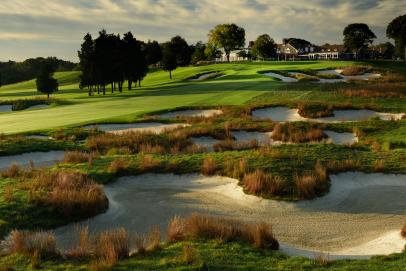
Bandon Dunes (40)
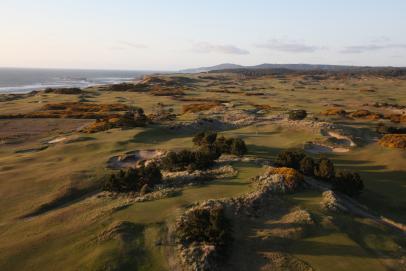
TPC Sawgrass: Stadium (41)
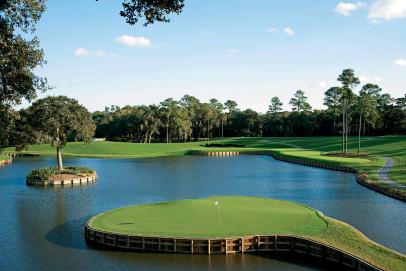
Erin Hills G. Cse. (48)
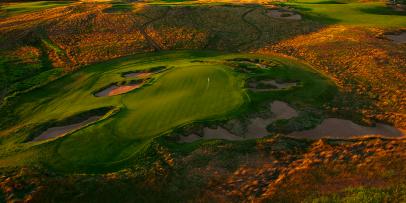
Bandon Trails (65)
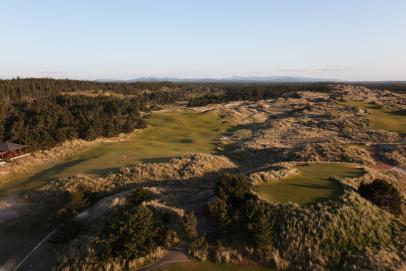
Spyglass Hill G. Cse. (67)
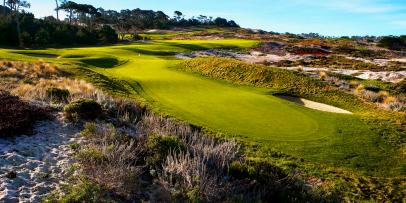
Old Macdonald (72)
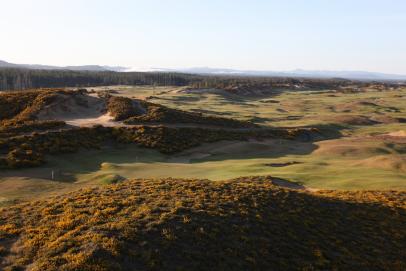
Arcadia Bluffs G.C.: Bluffs Course (92)
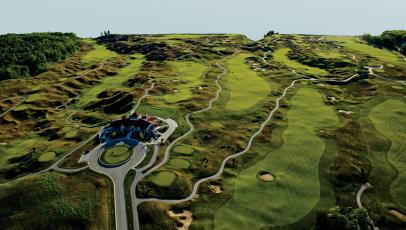
Pasatiempo G.C. (96)
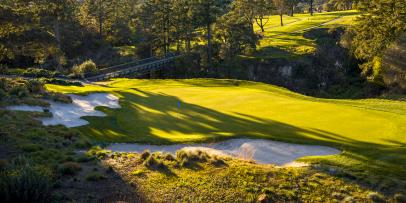
Sheep Ranch (115)
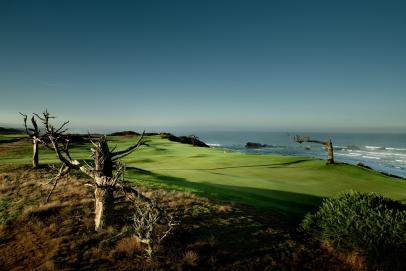
Sand Valley (116)
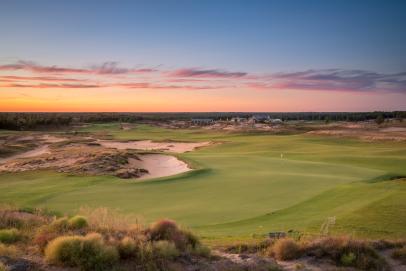
Sand Valley Golf Resort: Sand Valley
Nekoosa, WI
Blackwolf Run: River (117)
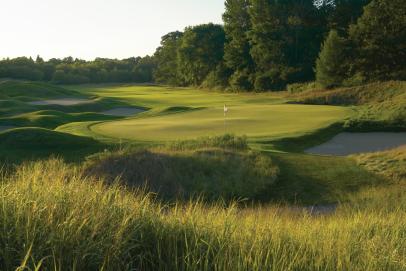
French Lick Resort: Pete Dye Course (118)
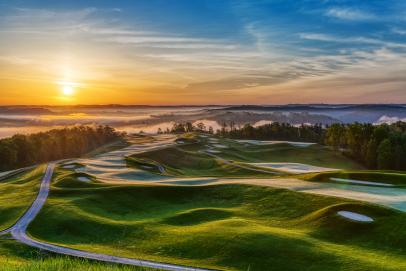
Chambers Bay G. Cse. (125)
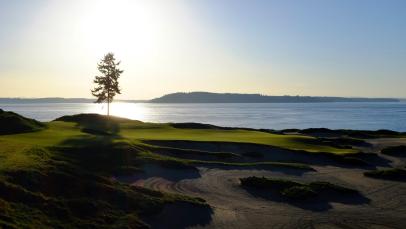
Streamsong Resort: Red (127)
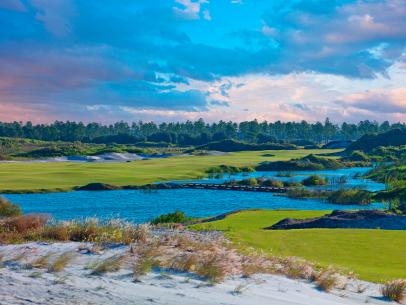
Manele G. Cse. (140)
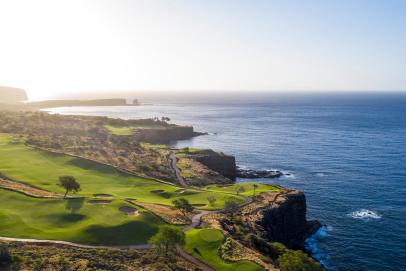
Kapalua: Plantation (149)

From Golf Digest Architecture Editor emeritus Ron Whitten: Most golf fans are familiar with Kapalua Golf Club’s Plantation Course, home of the PGA Tour's opening event each year. Located on the north shore of the Hawaiian island of Maui, the Plantation was built from open, windswept pineapple fields on the pronounced slope of a volcano and is irrigated by sprinklers pressured solely by gravity. As the first design collaboration by Bill Coore and Ben Crenshaw, it unveiled their joint admiration for old-style courses. The blind drive on the fourth, the cut-the-corner drives on the fifth and sixth are all based on tee shots found at National Golf Links. So, too, are its punchbowl green and strings of diagonal bunkers. It's also a massive course, built on a huge scale, Coore says, to accommodate the wind and the slope and the fact that it gets mostly resort play.
Streamsong Resort: Blue (151)
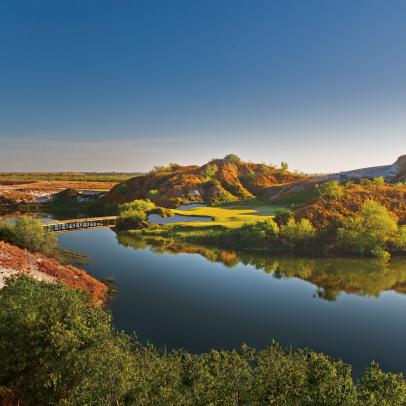
The Highland Course at Primland (155)
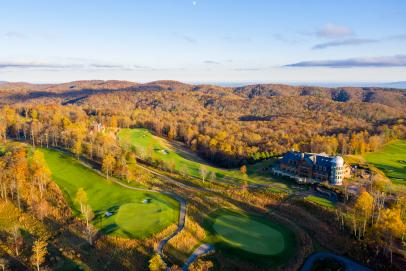
Sand Valley Golf Resort: Mammoth Dunes (158)
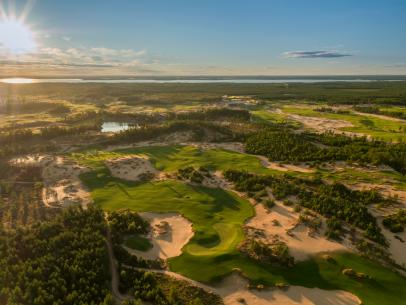
Sand Valley Golf Resort: Mammoth Dunes
Nekoosa, WI
Harbour Town Golf Links (160)
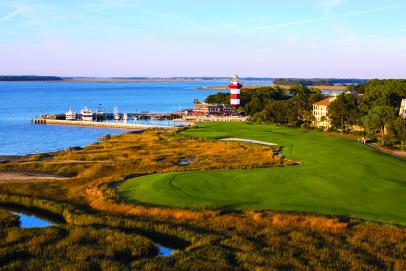
Pinehurst #4 (171)
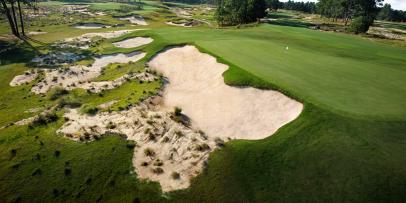
Streamsong Resort: Black (178)
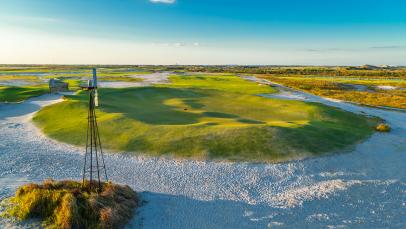
Gamble Sands G.C. (183)
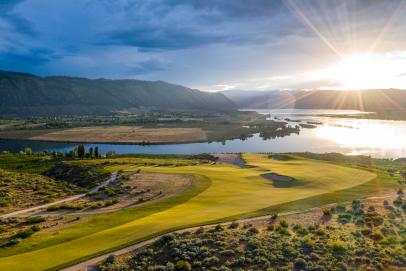
Karsten Creek G.C. (186)
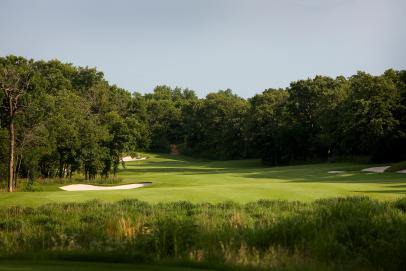
Explore Golf Digest's recently relaunched Places to Play community, where you can add star ratings and reviews for all the courses you play. We've collected tens of thousands of reviews from our course-ranking panelists to deliver a premium experience, which includes experts' opinions, bonus course photography and videos, plus much more. Check it out here!
